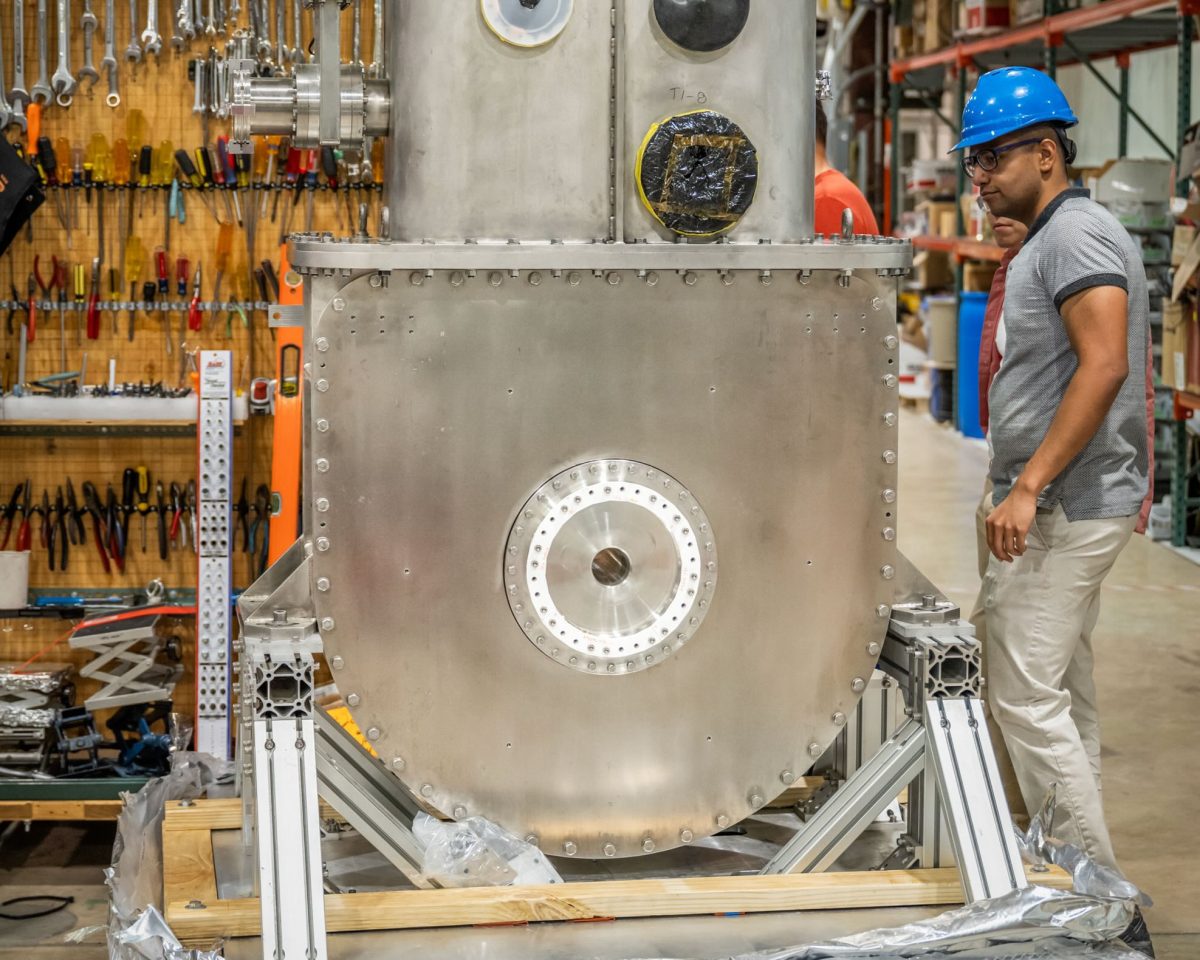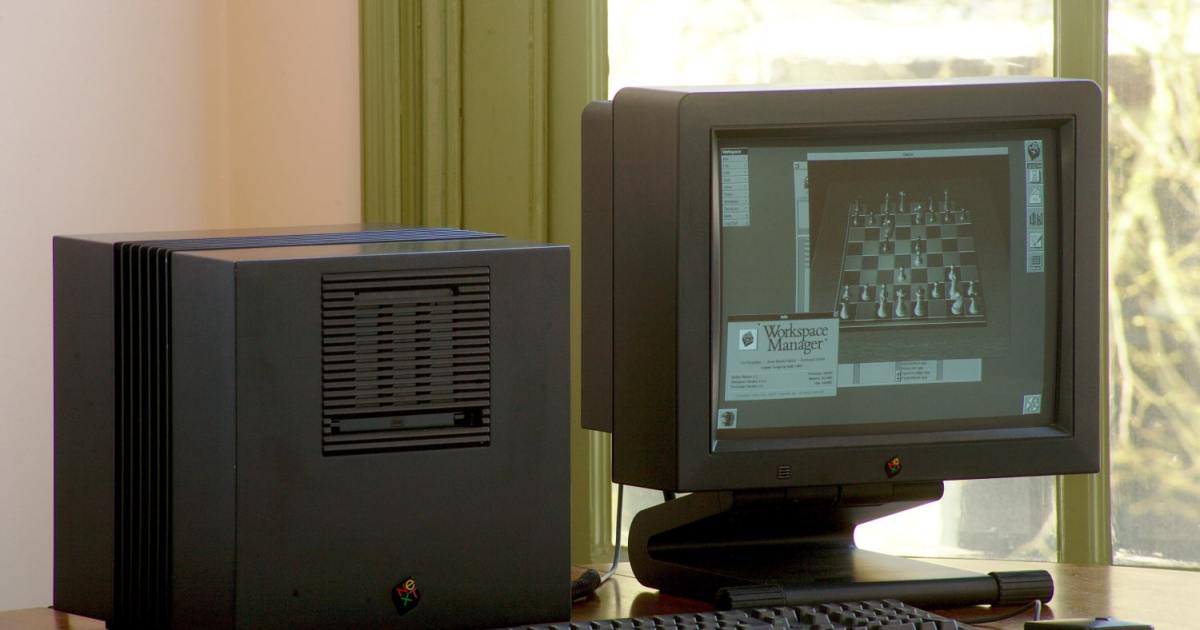
Empresa pionera en fusión nuclear vende tecnología magnética clave a la Universidad de Wisconsin.
Aunque la energía de fusión podría estar aún a unos años de distancia, una nueva empresa está sentando las bases para lo que espera se convierta en un próspero sector de la economía.
Would-be nuclear fusion pioneer Commonwealth Fusion Systems (CFS) is sending a pair of its specialized magnets to the University of Wisconsin-Madison, the startup revealed exclusively to TechCrunch. This action is taking place years before CFS plans to initiate its demonstration reactor, known as SPARC. It's the first transaction of its kind, hinting at the maturation of the fusion industry, now supporting supply agreements in addition to research and development collaborations. "We acknowledge that the magnets have applications beyond our specific use," stated Bob Mumgaard, CEO of CFS, in an interview with TechCrunch. "If we're constructing a ladder, let's not obstruct its path. If others are following behind, how can we assist them?"
Nuclear fusion is the process that fuels the sun and other stars; however, most nuclear power plants on Earth currently rely on nuclear fission. The concept that fusion could one day offer inexpensive, almost boundless energy has been circulating for years, yet controlling a fusion reaction on Earth has proven to be extremely challenging. In recent times, scientists have made some headway in achieving positive output from fusion reactions—generating more energy than needed to initiate them—and this progress has attracted substantial investment from various startups in the industry. CFS stands out as one of the prominent players, emerging from research conducted at MIT and backed by a substantial investment exceeding $2 billion (based on Pitchbook data).
Mumgaard may be downplaying the significance of Commonwealth's magnets. Without these magnets, the company might not even exist today. CFS collaborated with MIT scientists to create a novel type of rare earth barium copper oxide (REBCO) magnet that produces an exceptionally powerful magnetic field. Due to their strength, these magnets can be smaller in size while effectively containing the superheated plasma within the reactor. Smaller magnets translate to cost-efficiency, reduced need for support materials and equipment, among other advantages. These cost savings have a domino effect throughout the power plant, making a commercial version feasible. With all these benefits, it's no wonder that external parties are eager to acquire Commonwealth's magnets.
However, Commonwealth is not yet opening its doors to potential competitors; the project at UW-Madison is not only a research endeavor, but involves an entirely different reactor design. Referred to as WHAM, this reactor generates a tube of plasma, unlike Commonwealth's tokamak, which forms a torus shape. The funding for this project stems from the federal government's ARPA-E program. (WHAM is also linked to another startup, Realta Fusion, originating from this project, although CFS and Realta are not partners themselves.) As part of the agreement, Commonwealth will deliver finished magnets along with essential assemblies, cooling systems, and control systems. The startup mentioned that their software will manage the magnets' operations.
Nonetheless, the deal is not entirely altruistic, as the university is compensating Commonwealth for the magnets, although the exact amount was not disclosed. "Having these magnets, and having invested a substantial sum in their development is, understandably, beneficial for us," Mumgaard commented.



